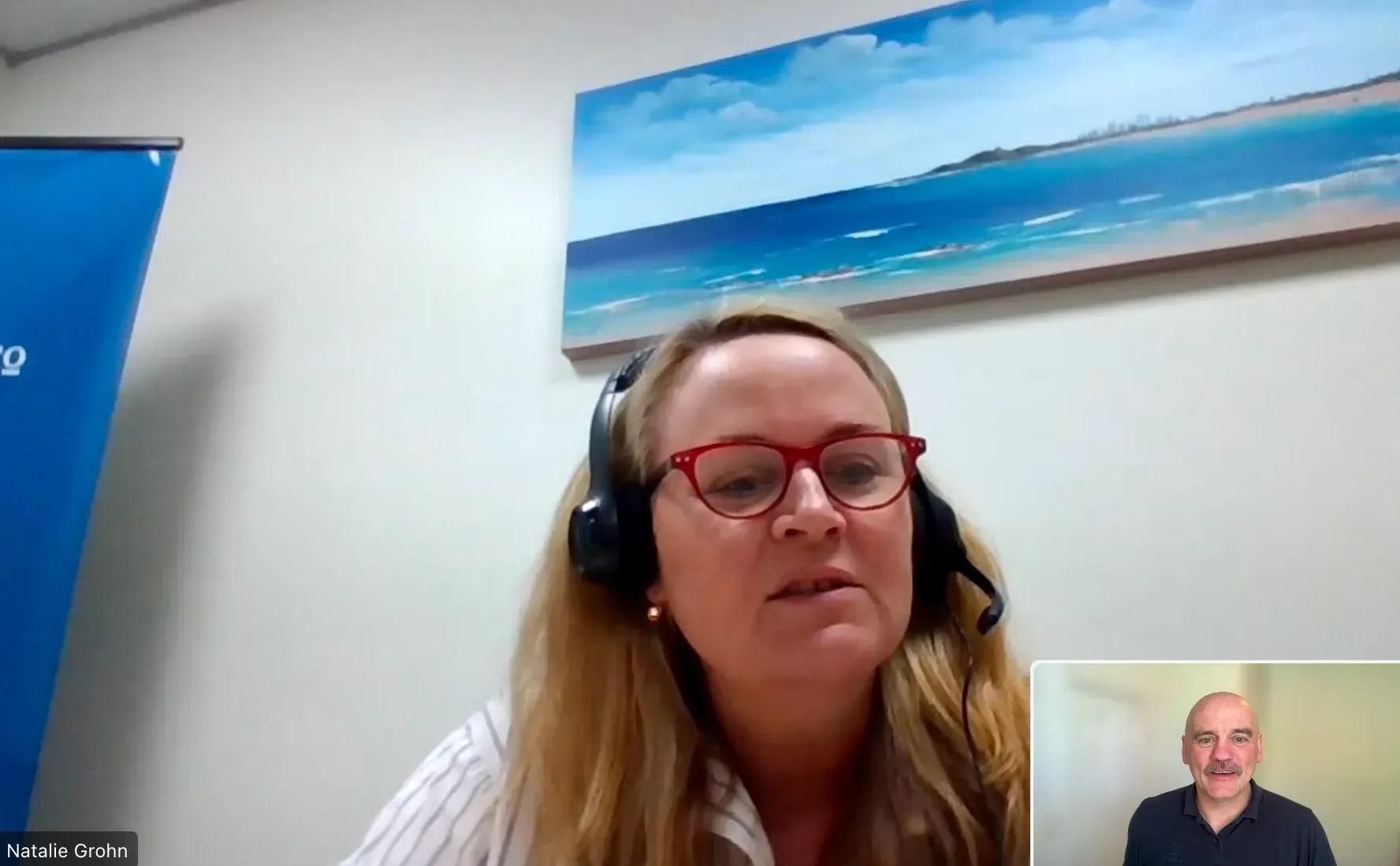Benefiting business through the power of eInvoicing

What is eInvoicing?
Electronic invoicing, or eInvoicing is the automatic exchange of invoices between accounting software and a key component of the Government Digitisation Strategy. It eliminates the need to PDF or email an invoice. The eInvoice is automatically sent directly to the accounting software of another business or Government department almost instantly - via a secure dedicated eInvoicing network. It eliminates the need for the manual entry of the invoice.
Below are the steps in the process:
- The Supplier - sends an invoice as an eInvoice from their accounting software
- eInvoice – sent via a secure, dedicated network
- Customer – with no need for manual entry, the eInvoice is delivered directly into the customer’s software system ready to be approved and paid.
Benefits of eInvoicing?
It is an extremely powerful tool when you think about the fact that $1.2b invoices were sent and received in Australia alone last year. The efficiencies for business, money and cash flow benefits with eInvoicing are listed below:
- Savings of approximately $20 between the invoice sender and receiver
- Estimated $29b over the coming years
- Saves time – A fast and accurate delivery means less time spent entering bills
- Faster payment – A near real-time exchange and reduced admin leads to faster payments of invoices.
- Secure – Exchanged via secured network – reducing the risk of fraud.
- Cash Flow – Get an accurate and complete picture of cash flow with eInvoices.
- Interoperable – As long as your customers are using software connected to the network, you can exchange eInvoices with them.
- Government backed – You’ll benefit from 5-day payment - from Government suppliers to participating agencies.
How to use eInvoicing?
Before you start
- To use eInvoicing you need to make sure you have added your business ABN in your organisation’s settings. This needs to be included in the Basic Information section. This needs to match the information on file with the ABR.
- You need to have the standard or adviser user role in Xero to register your Xero organisation with Peppol.
- In your business file in Xero, go to Bills and register for e-invoicing.
- Choose a business contact and a legal representative for registration. This can be the same person.
Register your business to receive eInvoices. This is done as follows:
- In the Business menu, click Bills to pay
- Click Receive eInvoices, then click Register to receive eInvoices.
- Verify your business information, then click Yes, these details are correct.
- Enter details for the business contact and legal representative. Select the checkbox to agree to the Terms and conditions.
- Click Complete registration to receive eInvoices.
Your business is now registered with the Peppol network. Its name will be listed in the Peppol network directory. Your business is now set up to receive eInvoices from suppliers.
Peppol network directory - https://directory.peppol.eu/public/locale-en_US/menuitem-search?q=aunz
Receiving eInvoices
An eInvoice automatically appears in Xero as a draft bill under the bills to pay draft tab. These invoices can also be viewed on the dashboard. You can then approve the bill or add a planned payment date. If you receive an eInvoice with a PDF, CSV, JPG or PNG attached, you can view the file in Xero.
If there are any issues with processing an eInvoice, it won’t be created as a draft bill in Xero. Instead, we will send an email to let you know which supplier tried to send you an eInvoice. It is not possible to choose who receives this email at this stage it will be sent to active users in your organisation.
Creating eInvoices
An eInvoice is sent directly to the accounts payable software of your customer through a secure eInvoicing network. Customers do not need to be using Xero to receive an eInvoice, but they need to be registered with Peppol. Xero uses Peppol for its eInvoicing network because it is the framework that the New Zealand and Australian governments adopted for standardised eInvoicing.
When you send an eInvoice, their registration is validated. If they are not registered, you’ll be notified that the eInvoice can’t be sent and you can send the invoice as a PDF or by email instead. You don’t need to be registered with Peppol to send an eInvoice.
Before you Start
Ensure both your ABN and your customers ABN is added to their contact details in Xero, so they can receive the eInvoice. Their ABN is entered in the Tax field under Financial Details. Then confirm the customer if registered to receive eInvoices through their accounting software. The Peppol directory can be used to see if the customer is registered. The ABN number can be checked using the below ABN lookup address.
https://abr.business.gov.au/
Send an eInvoice
Switch to new invoicing at the bottom of the page.
- If you are still using classic invoicing, click Switch to new invoicing at the bottom of the page.
- Select the customer in the To field.
- Select the Send as an eInvoice toggle at the bottom of the page.
- Populate the invoice.
- Include the reference number in the Reference field (compulsory field).
- Click Send and follow the prompts.
It is important to double check the eInvoice invoice before sending as if it has been sent and received and it is incorrect it must be voided and redone.
If you or your business requires any assistance with the above please do not hesitate to contact us on 07 5413 9393 or enquiry@evolveonlinebookkeeping.com.au









